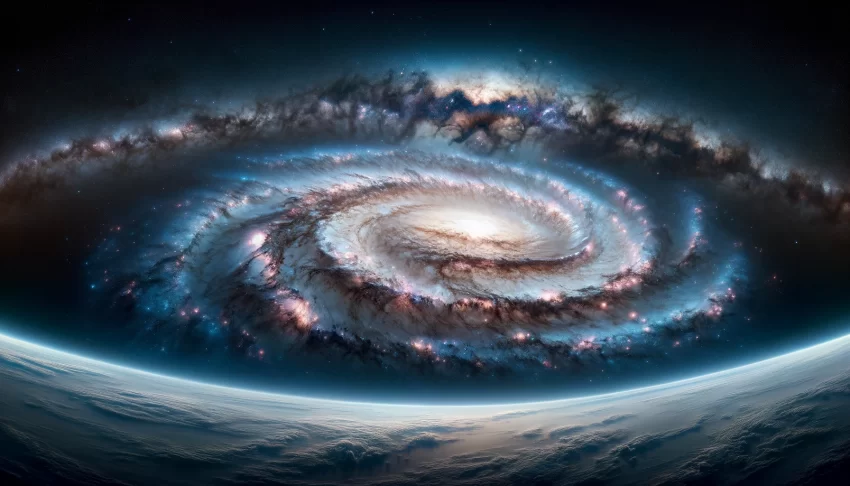| Listen to our audio presentation: History of the Computer |
The European Space Agency’s (ESA) Gaia space telescope has made a groundbreaking discovery in the Milky Way, identifying two ancient star streams named Shakti and Shiva. These streams, believed to have formed over 12 billion years ago, predate the oldest parts of the Milky Way’s current structure, offering new insights into the early stages of our galaxy’s formation.
Lead researcher Khyati Malhan of the Max Planck Institute for Astronomy (MPIA) in Heidelberg, Germany, expressed astonishment at the ability to detect such ancient cosmic structures. The Gaia telescope’s detailed data collection facilitated the identification of these star streams, highlighting unique orbits and chemical compositions that set them apart from other celestial bodies in the galaxy.
Shakti and Shiva, each containing the mass of approximately 10 million Suns and consisting of stars aged between 12 and 13 billion years, represent some of the earliest components of the Milky Way. These streams are positioned close to the galaxy’s core, an area densely populated with some of the oldest known stars, characterized by their low metal content.
Hans-Walter Rix, another MPIA researcher involved in the study, explained how these findings build upon previous galactic archaeology efforts, further mapping the Milky Way’s ancient lineage. The streams’ discovery indicates the galaxy’s expansion from its original core, showcasing the complex processes that shaped its growth.
The differentiation between Shakti and Shiva, based on their orbital patterns and proximity to the galactic center, mirrors the mythological union of their namesakes in Hindu philosophy, symbolizing creation and the universe’s formation. This naming convention reflects the streams’ significant role in the cosmic narrative of the Milky Way.
ESA’s Gaia mission, since its launch in December 2013, has continually reshaped our understanding of the Milky Way. By tracing the galaxy’s structure and evolution through detailed star mapping, Gaia has unveiled the dynamic history of celestial mergers and formations. The discovery of Shakti and Shiva underscores the mission’s success in uncovering the intricate details of our galaxy’s past, contributing to a more comprehensive understanding of its structure and origins.
The study of the Milky Way using the Gaia space telescope exemplifies the importance of space missions in understanding cosmic history. Gaia’s findings not only expand our knowledge of the galaxy’s formation but also place our solar system in a broader cosmic context. This research contributes to the field of galactic archaeology, where scientists use star compositions and movements to reconstruct the galaxy’s historical narrative, much like archaeologists unearth artifacts to understand ancient civilizations.

